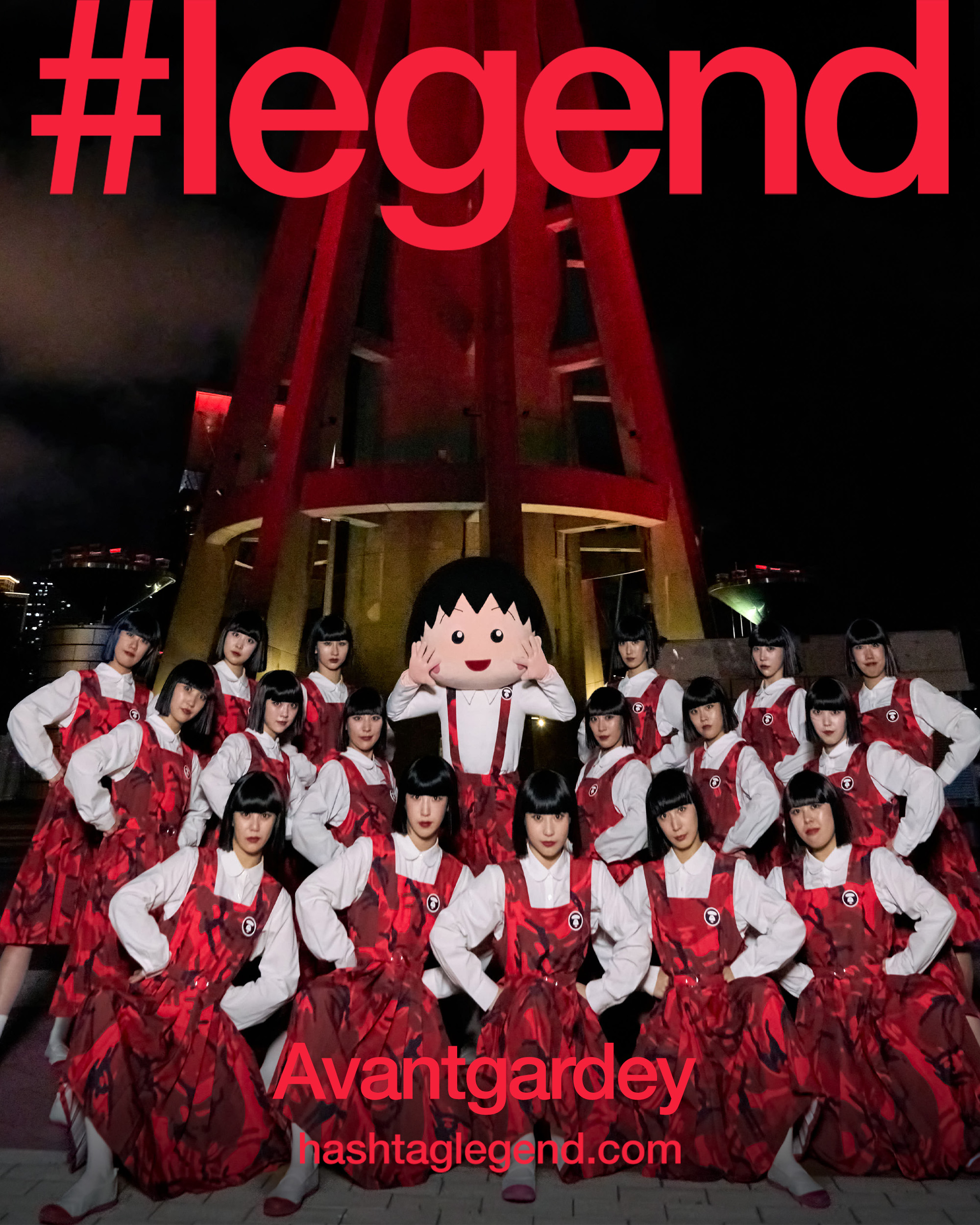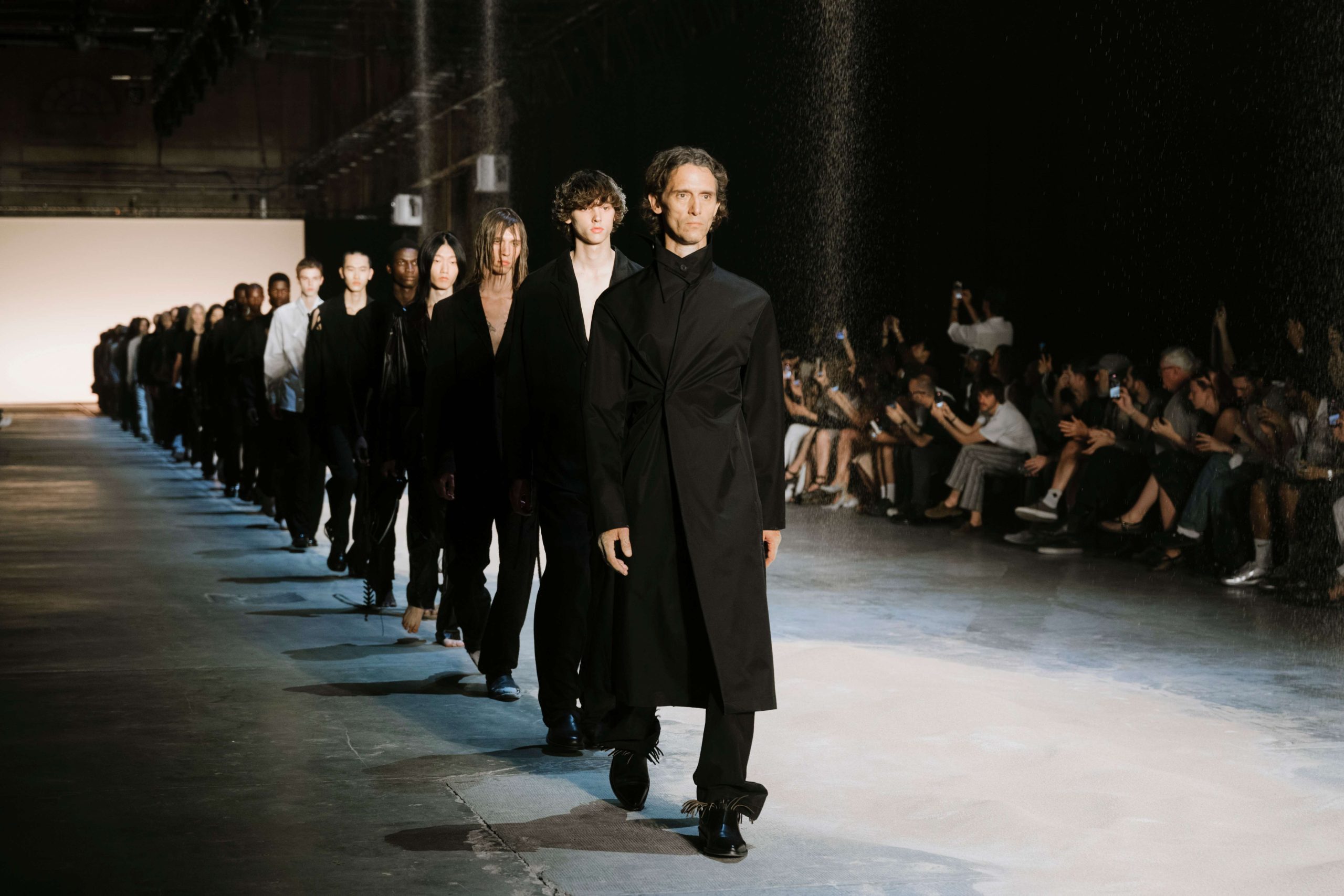A Ghirlandaio painting and Robuchon entrée may have more in common than you think. Or maybe not. Stephenie Gee sets up a delicious debate
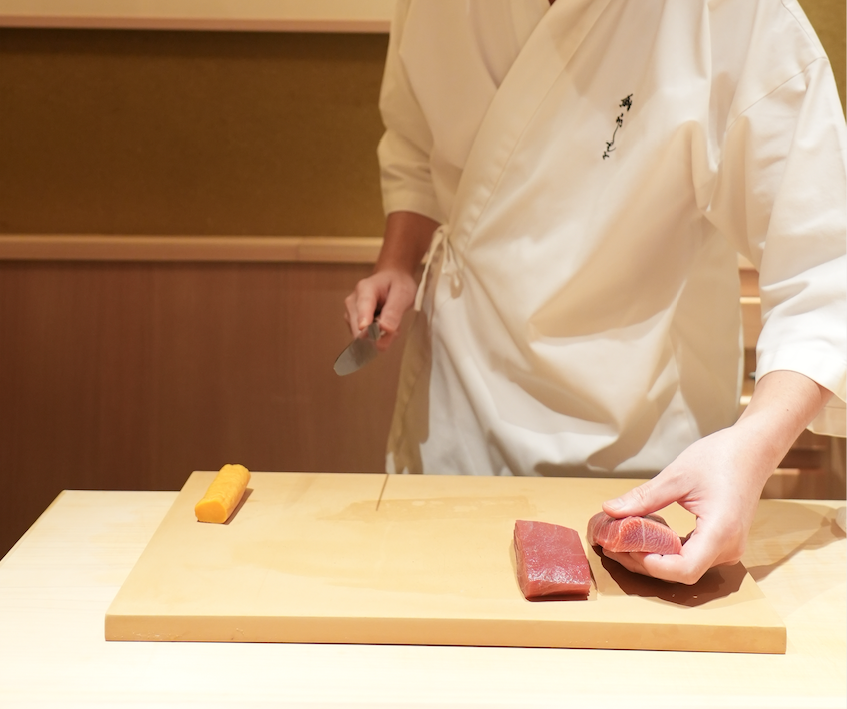
A meal at chef René Redzepi’s Noma (4,400 Danish krones, or roughly HK$4,750, for its Ocean Season 2025, for the record) costs more than tickets to the Vienna Philharmonic. And imagine if Rembrandt’s stolen works of art from the 1990 Gardner heist were finally recovered. How much time would you devote to standing in line to see them? Two hours? Three, maybe? I’ve spent more time trying to get a reservation at Sukiyabashi Jiro in Tokyo. But does this put Jiro Ono on par with Rembrandt? Chefs today are celebrated, admired and portrayed as artists. But are they really? Or are they skilled artisans who make us aesthetically pleasing, tasty and cerebral meals?
To answer that, one must first understand what is meant by art. For a practice that has followed humanity since the dawn of consciousness, this is a notoriously difficult question to answer. The Oxford English Dictionary, typically an authority when it comes to definition, calls art “the expression or application of human creative skill and imagination, typically in a visual form such as painting or sculpture, producing works to be appreciated primarily for their beauty or emotional power.” In both the accounts of Greek philosophers Plato and Aristotle, the essence of art is mimesis, or the imitation of reality. Leo Tolstoy, in his essay “What Is Art”, defines it as an expression of a feeling or experience in such a way that the audience to whom the art is directed can share that feeling or experience. Speaking in Marxist terms, art can be understood as a part of the superstructure or as part of the material basis.
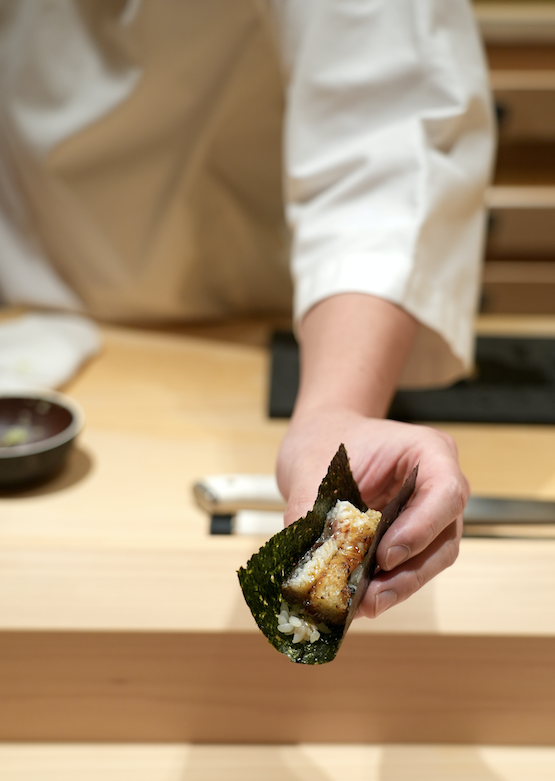
And they are all correct, because art is as complicated, diverse and contentious as human nature. No one definition will ever properly encapsulate what art is. But for the sake of clarity in this writing, let’s subscribe to the definition that art is the synthesis of techniques, many or few, to create a meaningful whole that is aesthetically, emotionally or entertainingly pleasant for the spectator. To put it simply, one must consider three criteria for each work of art: The intention – does it achieve what its maker set out to do? The quality – in the case of food, does it provide aesthetic, olfactory and gustatory pleasure? The response – does it break boundaries, and make us think or shake our heads in admiration?
So we go back to our first question: Should chefs be considered artists? “Yes,” says Kenichi Fujimoto, the chef-founder of Sushi Fujimoto. “Cooking is absolutely an art form. Food embodies heart and soul, infused with passion. It engages people through sight, flavour and taste. Cooking and food have evolved alongside the cultures of various countries and regions. Take sushi, for example. It has a rich history that spans over 400 years. As sushi chefs, we bear the responsibility of preserving this tradition while also contemplating how to innovate and evolve it for future generations. And although two chefs may use the same knife and the same type of fish, the results will be completely different. A chef’s personality and creativity are reflected in every piece they create.”
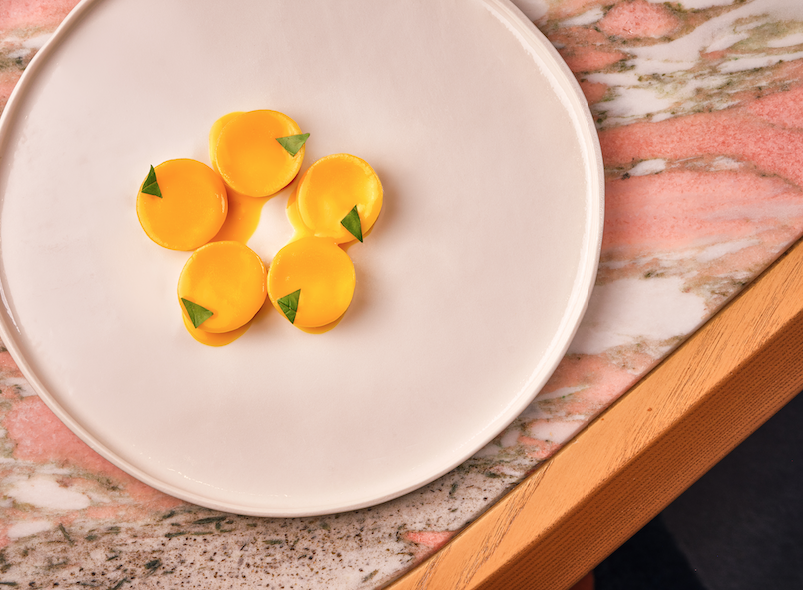
Antimo Maria Merone of the one-Michelin-starred Estro, on the other hand, does not think himself as one: “I don’t consider myself an artist. I consider myself more of an artisan, dedicated to the craft of food. Art, to me, is about creating something that evokes emotion and thought, often with a timeless quality. In our current world, it’s easier to have images of food that last in people’s memory, but I still believe food cannot be considered art. Food is meant mostly to be consumed within a timeframe, no matter how intricate. The ephemeral nature of food, its purpose to nourish, and its fleeting existence set it apart from traditional forms of art. So while my work involves creativity and skill, I see it as a craft rather than art.”
Neither does Londoner Alyn Williams, the executive chef of Magistracy Dining Room who learned his craft from British culinary icons Marcus Wareing and Gordon Ramsay. He says, “I’m quite humble. I’m a cook and a chef. I’m not a prima donna. At the heart of it, I love to cook. Sometimes I enjoy cooking simply, rustically. That can be primal. On another level, and especially during my fine-dining days, the pure pleasure of creation, the joy of seeing a dish take shape from a vision to a beautiful-looking, delicious dish is definitely the want of an artist. Using an ingredient’s complexity of taste, texture, balance and finesse is an artistic experience. Then we wait for the reaction of the diner, and this is the most satisfying part of the process – when your guests appreciate and enjoy what you have created.”
Also see: The Hari Hong Kong: Different ways to celebrate the Easter holidays in Wan Chai
Giorgio Vasari, the 16th-century Italian artist and father of art history, wrote in his 1550 book Lives of the Most Excellent Painters, Sculptors and Architects that great artists should comprise both invenzione (the concept behind an artwork, before it is made) and disegno (the physical ability to manifest that concept). Cooking is largely a repetitive series of movements, following formulas we call recipes, and can be taught at schools or through restaurant training. Legions of chefs have the disegno chops – how to fillet a fish, perfectly cook a steak, boil al dente pasta. But only a handful also possess the invenzione to rethink how food can be cooked, served and consumed. Invenzione is what distinguishes the chefs from the cooks. Or, if you prefer, the Chefs from the chefs.
“I think chefs can be divided into two different types,” says Loïc Portalier, executive chef of the one-Michelin-starred Louise. “Food originally served the basic purpose of feeding, so the first type focuses on serving the mere purpose of dining, creating a space where guests can simply enjoy a meal. The second type would use their creations to tell a story with emotions, aiming to bring something extraordinary to the table. Much like [art in] a museum, their dishes are designed to inspire and leave a lasting impression, turning the dining experience into something truly memorable. Art is all about creativity that connects with the senses. Although, I think there are only a very few chefs truly creating nowadays as so much has already been explored and achieved in the culinary world.”
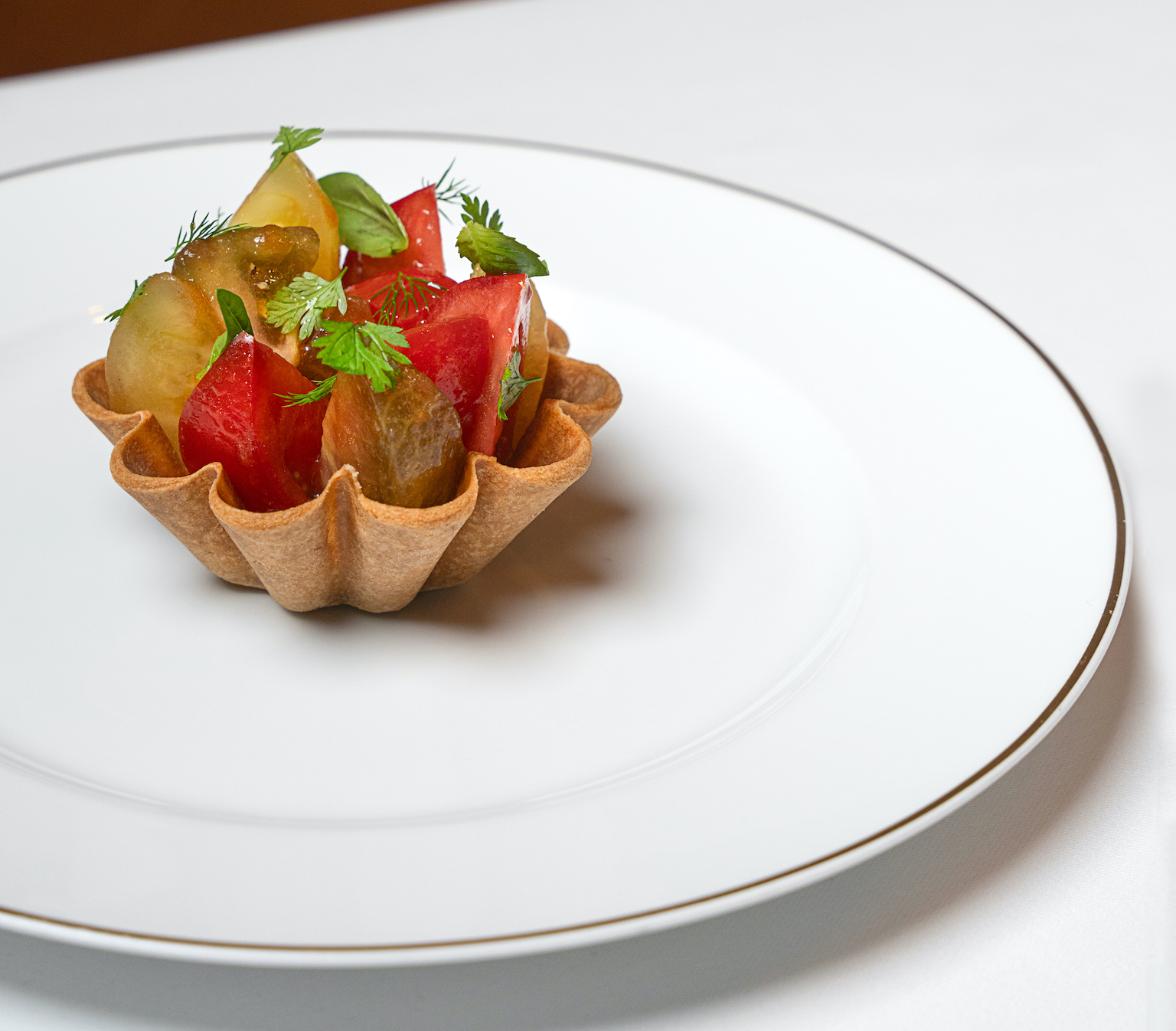
But are the great chefs up there with the great artists? Can Heston Blumenthal’s Dinner stand alongside Leonardo’s The Last Supper, or Thomas Keller’s Oysters and Pearls beside Vermeer’s Girl with a Pearl Earring? Let’s consider how chefs and the way they work have much in common with Renaissance artists. They are the heads of a kitchen, and their work is rarely theirs alone. They design the dishes, teach their staff how to duplicate them, supervise the preparation and add finishing touches. There might be a dozen hands involved in the preparation of a dish, but when it’s served, the head chef gets all the credit – even in their absence.
This arrangement has a direct parallel to the Renaissance bottega – a workshop led by one accomplished master artist with a team of assistants and apprentices. To become an artist, one had to serve years as an apprentice doing menial tasks – making brushes, preparing glues, grinding pigments – until they proved themself talented enough to graduate on to a salaried assistant. Then, depending on skill and talent, one might be trusted to fill in less important parts of a work the master was creating – the hands of a figure, a background scene or applying areas of gold leaf, for example.
Let’s put aside the artists and chefs. The general baseline for traditional art is that it is beautiful. The baseline for a dish is that it tastes good. Flavour is the foundation of eating. Presentation entices us, aroma draws us in, but flavour stimulates and satiates our palates, embeds in our memories, and keeps bringing us back to the table. As Williams notes, “Visually a dish can be, and should be, appealing. But unlike a painting or sculpture, the visual beauty of a dish is momentary. The real art is in the flavour. The memory of a great dish is internal. The aroma, taste and texture are the real art forms.”
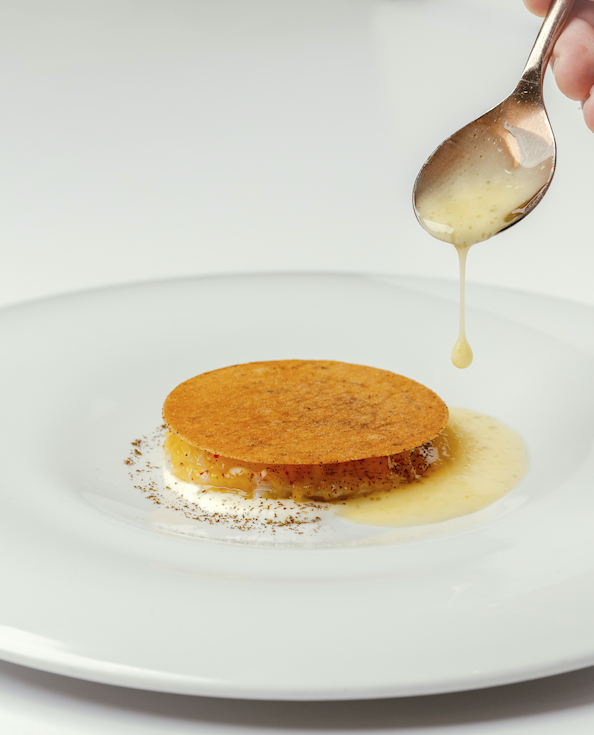
Art, the saying goes, is great when it makes you think about some aspect of what it is to be human in a different or deeper way. We are moved by Michelangelo’s Pietà, for example, because we can empathise with a parent mourning the death of a child. Can food actually do anything of that nature? Merone thinks so: “In a few cases, when
food is used as a tool of communication, we can consider the chef a kind of artist. When a chef creates a dish that tells a story, evokes emotions or challenges perceptions, it can be seen as an art form. The artistry lies in the ability to transform ingredients into a sensory experience that goes beyond mere sustenance.”
Williams adds, “Art is emotive. Every dish is different to its recipient. We as chefs design dishes that make sense to us and hope that they can give joy to other people. Food can transcend the ingredients involved to create an emotional journey. A great dish will give the diner a unique experience. What I taste is different to what you taste. What I enjoy is different. Culinary experiences can take you to another place. Flavours and textures, as in visual arts using colours and texture (or music), are subjective, making the experience different for each person.”
So now I ask this: Which chefs, if any, will be taught centuries hence, heading their own textbook chapters like Giotto, Michelangelo, and Caravaggio do in art history tomes? If the history of art is our guide, then only time will tell.
Also see: Where to eat in Hong Kong in March 2025


